Leasing companies usually base end-of-contract charge decisions on the BVRLA’s guide, but interpretations can differ. Andrew Ryan looks at areas where fleets may fall foul of the standards – and incur a heavy toll
Damaged vehicles are worth less than pristine examples. This truism is the basis for leasing companies charging fleets for damage when cars or vans are defleeted.
The latest FN50 research found that 35% of cars returned to the UK’s 50 largest leasing companies incurred damage recharges, at an average of £274.
Some leasing companies use a matrix to assess vehicle damage charges while others base their costs on actual charges. Ogilvie Fleet, for example, operates a standard fixed cost end-of-contract damage recharge matrix that customers sign up to in their master hire agreement.
In November last year, its end of-contract damage recharge costs to return a vehicle with damage outside the British Vehicle Rental and Leasing Association’s (BVRLA) fair wear and tear standard were £75 for a door panel, front wings and rear quarter panels; £120 for a bonnet, boot lid, tailgate, bumper or roof.
Other charges included £35 for alloy wheel refurbishment, £40 for a full valet and £40 for windscreen chips (maximum three).
Sample recharge prices for LCVs included £75 for door panels and front wings, £120 for side sliding doors, large side panels or bonnet, tailgate and bumpers, and the sum of £250 for a roof.
Some damage, often due to its type and extent, may not be repaired by a leasing company before a car or van is put up for sale, but not refurbishing a vehicle has wider implications than just the resale price, says Paul Hill, director of logistics and inspection services at Manheim.
The National Association of Motor Auctions (NAMA) grades vehicles from one (needing minor repairs, for example, small dent without paint damage or touch in-type repair) to five (needing more than two major repairs) when they are sold.
“While sales price is positively impacted by reconditioning vehicles into a higher grade, we found that there are three other important areas where reconditioning has a positive impact and these are often overlooked: buyer engagement, conversion rate and days in stock,” says Hill.
“Looking at the high level data in each area, we clearly see that buyers find cars in grade one and two to be more attractive than lower-grade cars.
“Conversion rates are also positively affected by grade, with 89% of grade one cars being sold at the first time of offering, compared with only 60% of grade five cars being sold at this point.
“Days in stock numbers show that grade five cars are in auction stock for eight days longer than grade one cars, so this have a significant impact on stocking cost.”

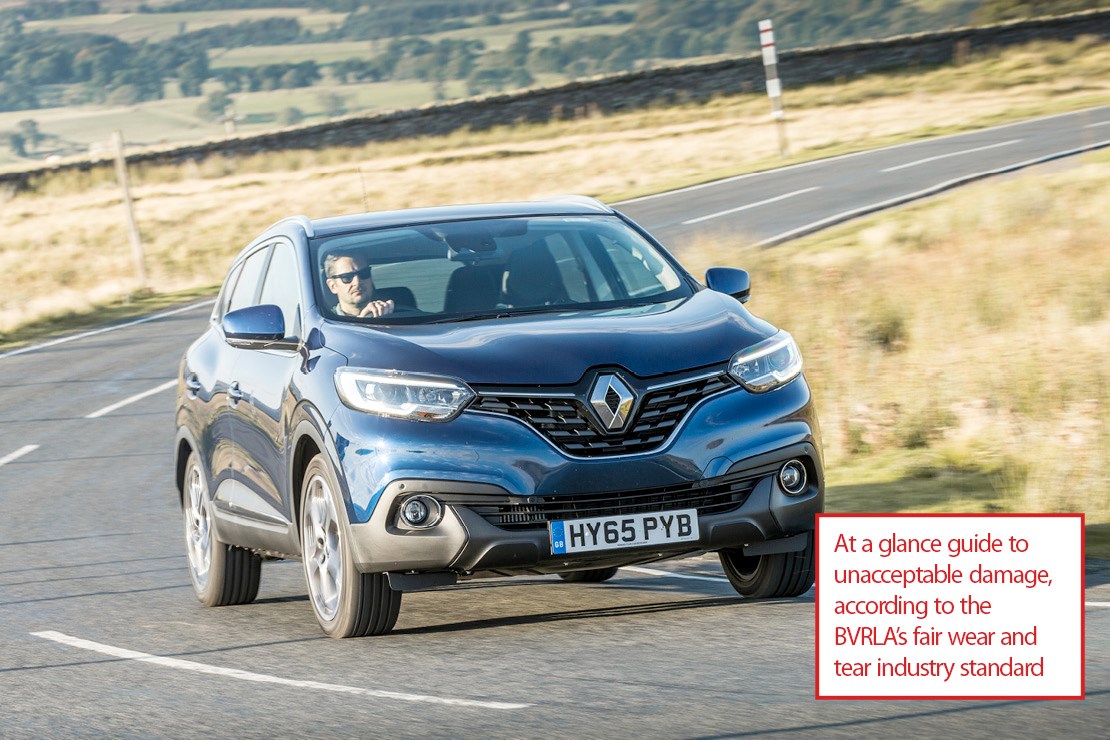

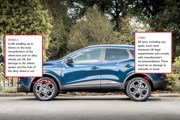
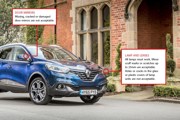


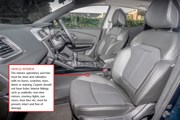




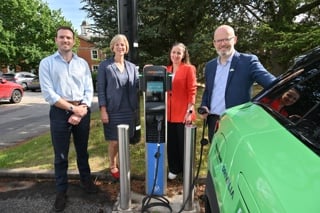















Login to comment
Comments
No comments have been made yet.